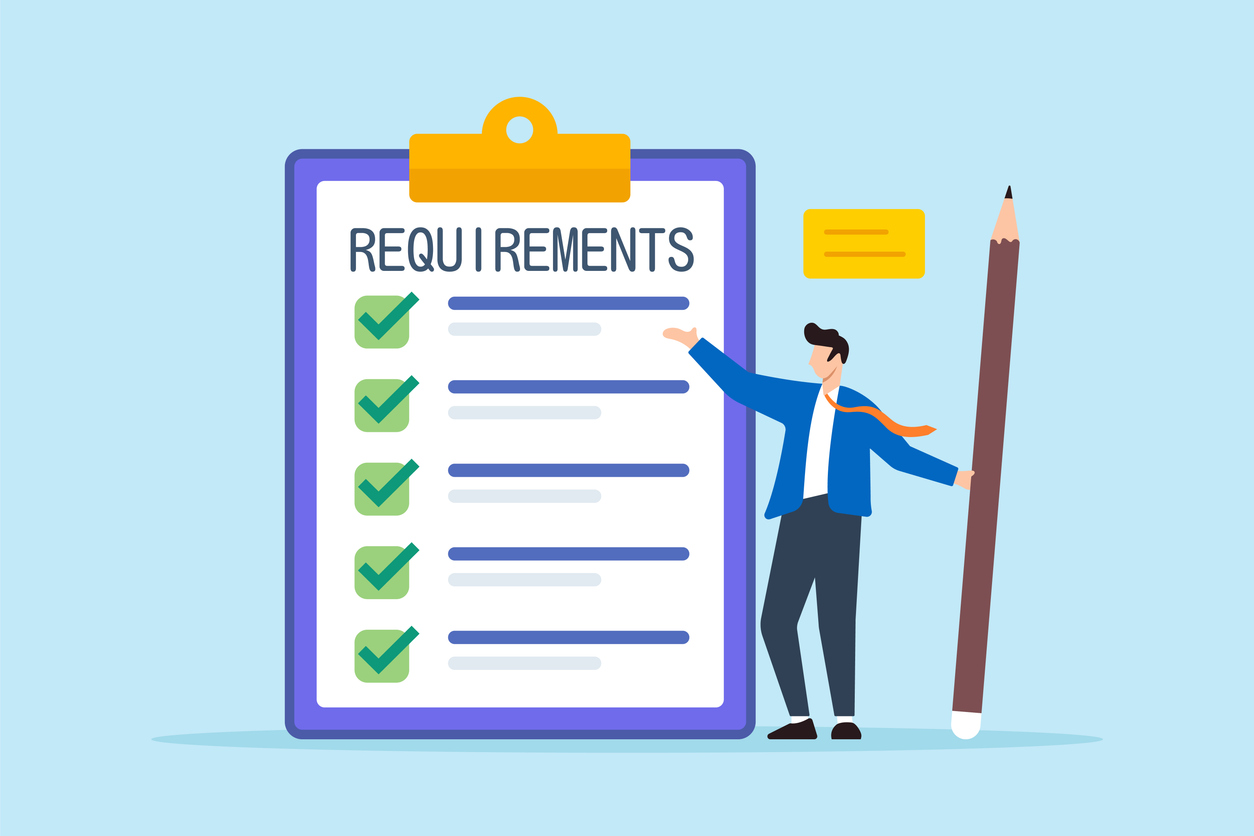Last month I wrote about the vast scope that Vendor Centric´s Vendor Risk Management Program that must be covered throughout the business relationship with third parties in order to optimize profits and minimize their risks.
Vendor Centric would be remiss in it’s responsibilities by simply creating a Vendor Risk Management Program, without assisting our clients in operationalizing the program in such a way that each vendor can proceed in their daily operations with the assurance and confidence in the risk solutions implemented, are designed for their particular needs and risk potential.
An effective Vendor Risk Management Program goes beyond basic procurement functions to deliver strategic value by optimizing vendor relationships and accountability. It is about ensuring that the day-to-day application of the program delivers the needed operational requirements to get the most from your vendor relationships. Operationalizing your Vendor Risk Management Program allows you to:
- Ensure ongoing monitoring of compliance requirements not only aligned to service delivery but also vendor financial health, inherent risk and due diligence reassessments ensuring the company lowers the risk of service disruption if a vendor experiences financial difficulty.
- Give more structure to spending, saving, and reporting. In today’s data-driven business world, managing the organization’s spending as a visible portfolio, a critical factor in determining the value created by the service.
- Monitor vendor performance ensuring that your company gets the most out of its investment.
To ensure your vendor risk management program is brought to life, it is critical for your organization to fully understand their role within the program and the impact they can have if their vendor relationships are not managed effectively. In order to do this, regardless of the organizational structure you have in place, or whether or not a specific function is created within procurement, or if a stand-alone Vendor Management Office exists, the following standards must be in place:
Governance & Oversight: By having this in place, it allows any individual, department, structure or organization to provide direction and accountability for the vendor service, allowing the appropriate measures to control cost and reduce potential risks related to vendors.
People, Skills & Training: Get more value from vendors by having the right level of vendor management resources with the skills and subject matter expertise needed to control costs, increase value, and mitigate risk.
Policies & Standards: Establishes the scope and guidelines for the program, and defines key roles & responsibilities; they are an essential part of any organization.
Operating Procedures: Defines the day-to-day activities stakeholders will undertake to execute the program, as a useful business tool as it communicates the correct way of carrying out an activity within your organization.
Vendor Centric looks forward to working with clients to minimize their risks through our constantly updated Vendor Risk Management Program, while always maximizing profits through our extensive services.




















 Laura has over 30 years of experience managing strategic & operational suppliers across 52 countries, conceptualizing and designing governing frameworks, and managing third-party risk has resulted in Laura’s ability to advise our clients to drive key strategies to optimize and enhance their vendor management operations.
Laura has over 30 years of experience managing strategic & operational suppliers across 52 countries, conceptualizing and designing governing frameworks, and managing third-party risk has resulted in Laura’s ability to advise our clients to drive key strategies to optimize and enhance their vendor management operations.



